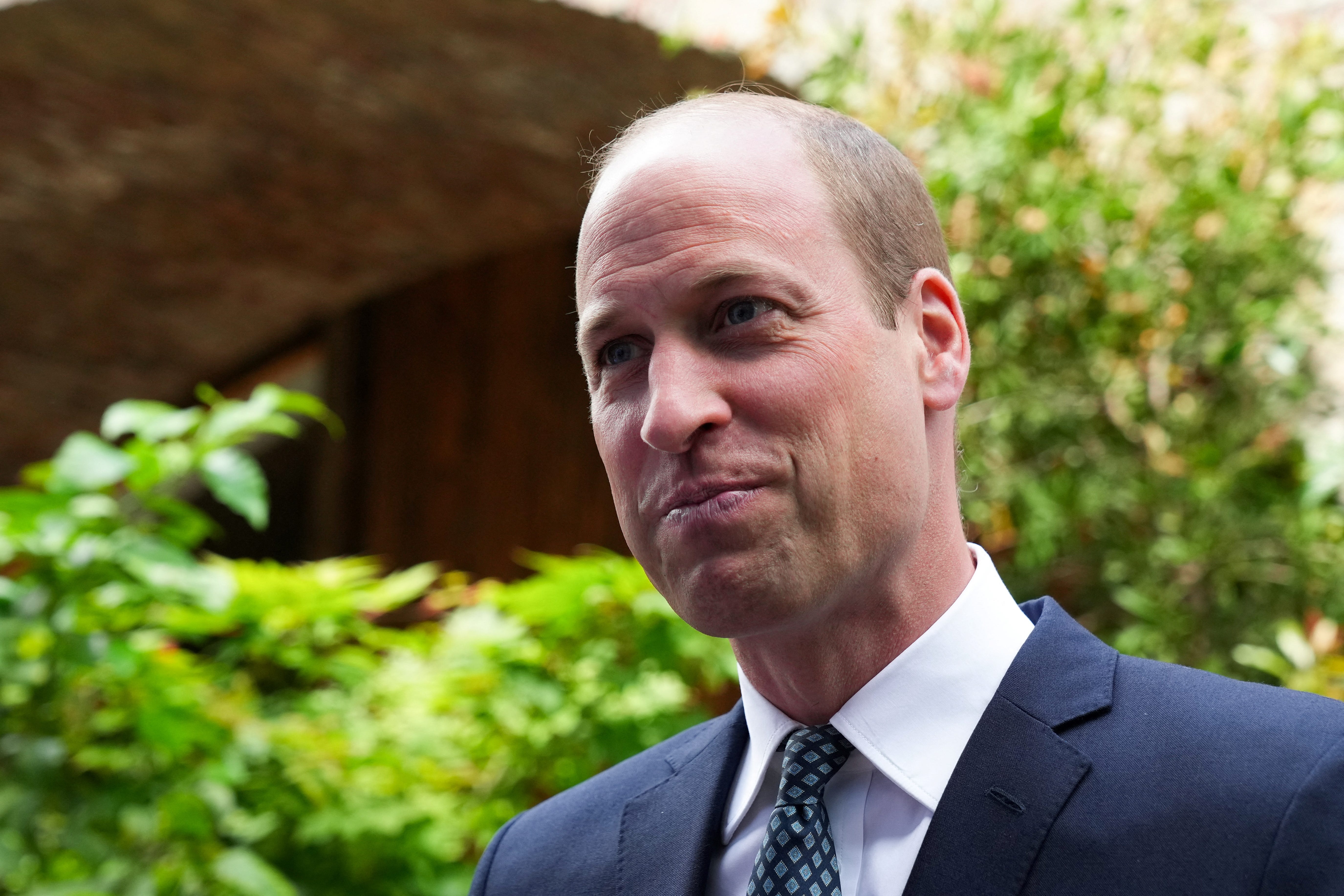Art exhibition backed by William to offer fresh perspective on homelessness
The Prince of Wales is looking forward to touring the exhibition showcasing established creatives such as photographer Rankin and emerging artists.

Your support helps us to tell the story
From reproductive rights to climate change to Big Tech, The Independent is on the ground when the story is developing. Whether it's investigating the financials of Elon Musk's pro-Trump PAC or producing our latest documentary, 'The A Word', which shines a light on the American women fighting for reproductive rights, we know how important it is to parse out the facts from the messaging.
At such a critical moment in US history, we need reporters on the ground. Your donation allows us to keep sending journalists to speak to both sides of the story.
The Independent is trusted by Americans across the entire political spectrum. And unlike many other quality news outlets, we choose not to lock Americans out of our reporting and analysis with paywalls. We believe quality journalism should be available to everyone, paid for by those who can afford it.
Your support makes all the difference.A groundbreaking homelessness exhibition backed by the Prince of Wales and featuring art created by former rough sleepers opens to the public this week.
William’s Homewards project, which aims to develop a blueprint for eradicating homelessness in all its forms, is the driving force behind the art attraction which opens at the Saatchi Gallery in London on Wednesday.
Called Homelessness: Reframed, the exhibition features sculptures, photographs and everyday objects given a new life by artists, who may have experienced homelessness, in a bid to tell personal stories and give a fresh perspective on the issue.
What I love about the Reframed exhibition is this gives an opportunity again to put a spotlight on how we’ve got to get homelessness away from something society thinks is inevitable and something that we manage, to something that can be prevented from happening
The prince is said to be looking forward to touring the exhibition, which runs until September 20 and showcases established creatives such as photographer Rankin and emerging artists.
Award-winning social justice artist David Tovey created Home 2013, a shed-like structure made from scraps of metal and panels from a Peugeot 206, the model of car the artist lived in for six months.
Mick Clarke, chief executive of homelessness charity The Passage, said Mr Tovey had used the charity’s services and now hosted art classes at one of its residential projects.
He added: “What I love about the Reframed exhibition is this gives an opportunity again to put a spotlight on how we’ve got to get homelessness away from something society thinks is inevitable and something that we manage, to something that can be prevented from happening.”
The Passage, which William supports as royal patron, helped the Homewards team find artists for the exhibition, and its chief executive added: “You have this exhibition where it’s taking people on the journey of homelessness and the trauma people have been through, but also the positivity coming out the other end.”
Mr Tovey said about his work: “The car sculpture includes personal elements like folded clothing and bedding, which were part of my daily life.
“The car provided safety and security when I was ill and living on the streets.
“The sculpture is painted in a significant burgundy red colour, similar to a paratrooper’s beret, reflecting my military background.”
Artist Robi Walters attended the exhibition’s press preview and described how he used discarded birthday cards and other ephemera for his piece – Are all journeys undertaken alone? – two colourful circles made from collages of sprayed paper.
He said the circles represented now and the future: “Are you able to see your future is brighter then the present moment?” or: Do “you see your future as restricted and contracted?”
He spoke movingly about his experiences as a foster child, his relationship with his birth mother and the death of his younger brother in a house fire.
The artist added he had not been homeless, but said: “I certainly have had the experience of being separated from every single thing you know and love, which is your toys, your parents, your clothes, your school, your friends – everything gone.”
The attraction has three parts: a collection of mainly hand-drawn signs sometimes seen next to a person sleeping rough, artwork commissions, and doors turned into art by young people, from the six areas where Homewards is working, during workshops led by local artists who have been homeless.
One sign read: “The smallest thing means the world to someone who has nothing. Please help if you can. Thank You Good Bless,” while another read: “Fishing 4 some change please bite, thanks”.